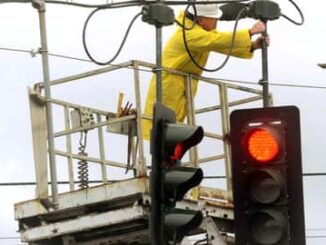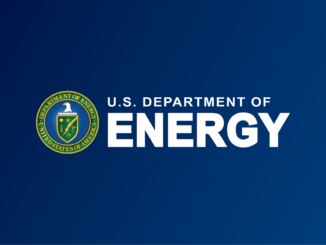
h/t The Register; President Biden recently urged the DOE to produce viable commercial nuclear fusion by 2032. So the DOE is offering money to AI researchers, in the hope that the magic of AI can help make the magic of nuclear fusion a reality.
…
SUMMARY
The DOE SC program in Fusion Energy Sciences (FES) hereby announces its interest in applications in the areas of Machine Learning (ML), Artificial Intelligence (AI), and Data Resources for fusion energy and plasma sciences. The goal of this FOA is to support multi- disciplinary teams aiming to apply advanced and autonomous algorithms to address high-priority research opportunities across the FES program. Applicants are encouraged to propose research in new systems for managing, formatting, curating, and accessing experimental and simulation data, provided in publicly available databases. Of high programmatic importance are approaches that support the realization of a fusion pilot plant on a decadal timescale.
SUPPLEMENTARY INFORMATION
Program Objective
The FES mission is to expand the fundamental understanding of matter at very high temperatures and densities and to build the scientific foundations needed to develop a fusion energy source. This is accomplished through the study of plasma, the fourth state of matter, and how it interacts with its surroundings. A 2018 report by the Fusion Energy Sciences Advisory Committee (FESAC) on “Transformative Enabling Capabilities (TEC) for Efficient Advance Toward Fusion Energy” [1] included the areas of machine learning, artificial intelligence, and mathematical control, as part of its Tier 1 “Advanced Algorithms” TEC recommendation. Within fusion energy research, AI/ML impacts key research problems from applications requiring rapid
processing of fusion data for active plasma control to exascale applications that use high performance computing resources to simulate multi-scale processes impacting fusion plasmas.
Recognizing the potential of AI/ML and data science, FES and ASCR co-sponsored a community workshop in 2019 to identify areas in fusion science where application of AI/ML can have transformative impacts, and to identify unique needs, research opportunities, and associated gaps that can be addressed through targeted partnerships. The final report [2] identifies several high-level priority research opportunities that span DOE’s Congressionally authorized mission- space in fusion energy and plasma sciences. In 2020, FES supported a broad range of research activities in the areas identified in the report. This FOA continues to encourage applications in previously supported areas while also expanding the range of supported activities.
Recently, DOE initiated an agency-wide activity to accelerate fusion energy research, development, and demonstration activities to realize a commercially relevant fusion pilot plant (FPP) on a decadal timescale, an effort known as the Bold Decadal Vision (BDV). This followed the 2021 National Academies report “Bringing Fusion to the U.S. Grid,” which describes innovations and requirements needed for a FPP [3]. A key component of the BDV is a new milestone-based fusion development program, authorized in the Energy Act of 2020, that aims to accelerate fusion energy RD&D in partnership with the private sector [4]. The milestone-based program includes a range of FPP design activities. Efforts supported under this FOA can play a supporting role in these activities and other SC/FES programs by providing broad access to curated experimental data and theory/modeling-based analysis.
…
The DOE has been doing a lot of work with Google, training their deep mind AI to learn what interventions are required to keep the fusion plasma stable in tokamak reactors.
AIs are good at solving some kinds of optimisation problems, particularly when a good model is available for the AI to use to evaluate its own skill.
Optimising the laser configuration for say an inertial confinement fusion reactor, or the magnet arrangement for a tokamak or stellarator, are problems which can potentially be tackled by AIs.
But the DOE has tried this, and still haven’t cracked the problem. So they want to talk to someone who can give them new ideas, someone who can provide them with hope of developing an AI with capabilities beyond everything they’ve tried to date.
Given the pressure from President Biden to produce results, I suspect there will be a lot more money on offer than $33 million, if anyone comes up with a credible idea they haven’t heard or tried before.
Update (EW): My favourite AI demo – Travelling Salesman. This example demonstrates how AI can be used to find an optimum solution, in this case the shortest line which joins all the dots.



